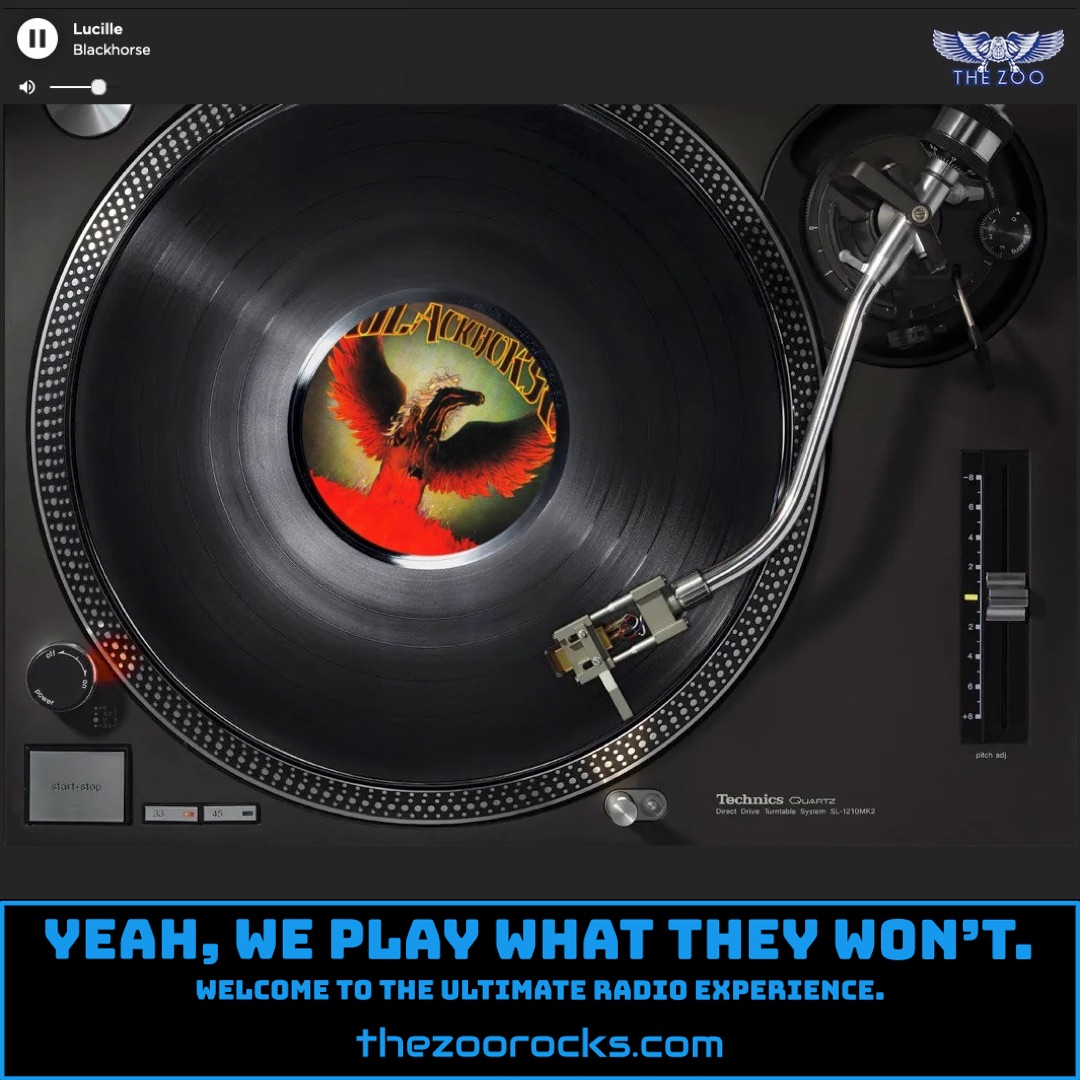Sweet Dream
Jethro Tull
The Zoo Crew is spinning the trippy vibes of "Sweet Dream" by Jethro Tull, a track from the 1972 compilation album Living in the Past, and the Zoo Freaks are surely digging it. This song, released as a single in 1969, was a UK Top Ten hit, climbing to number 7, and marked Jethro Tull’s first release on Chrysalis Records. Recorded on August 31, 1969, at Morgan Studios in London, it was a non-album single from the sessions for their second album, Stand Up, but later appeared as a bonus track on remastered versions. The tune’s got a wild, orchestral edge with electric guitar riffs, Ian Anderson’s signature flute, and even brass and strings, giving it a prog-rock punch that’s both catchy and unconventional. Fans on Swiss music forums rave about its tempo shifts and memorable melody, though some call it a bit too polished for a hit parade.
One cool piece of trivia comes from the song’s afterlife: in 1981, Jethro Tull made a music video for their Slipstream tour, where Ian Anderson dresses as a vampire, weaving in clips from old horror films. This spooky vibe matches the song’s dreamy, almost haunting lyrics about escaping into a fantasy while ignoring warnings. The B-side, “17,” recorded a couple of weeks later, is a gem that fans on Rate Your Music wish had made it onto Living in the Past. Wikipedia notes that “Sweet Dream” was featured on the 1972 Warner/Reprise sampler The Whole Burbank Catalog, marking its first U.S. release. Its complex arrangement and shifting rhythms make it a standout, even among Jethro Tull’s eclectic catalog.
Jethro Tull started in Blackpool, Lancashire, in 1967, led by the multi-instrumentalist Ian Anderson, who’s been the heart and soul of the band ever since. Anderson, born in Dunfermline, Scotland, in 1947, moved to Blackpool in 1960. He picked up a Spanish guitar as a teen and taught himself to play, inspired by blues and rock. At Blackpool Grammar School, he met Jeffrey Hammond and John Evan, who’d later join the band. Anderson originally wanted to be a painter, studying at Blackpool College of Art, but music took over. He and Evan, a Beatles fan who switched from piano to drums, formed a band with Hammond on bass, fueled by Hammond’s blues record collection. They started as a blues-rock outfit, but Anderson’s flute-playing and love for folk, jazz, and classical music shaped their unique progressive rock sound.
The band’s name, Jethro Tull, came from an 18th-century agriculturist, a quirky choice reflecting their offbeat style. Early on, they played local gigs, blending blues with jazz fusion, but Anderson’s vision pushed them toward a genre-bending sound. By 1969, when “Sweet Dream” dropped, they’d already built a following, with guitarist Martin Barre replacing original member Mick Abrahams. Barre, alongside Anderson, became a mainstay, his riffs grounding the band’s wilder experiments. Wikipedia highlights how their 1970 Isle of Wight performance and a Carnegie Hall show that year cemented their status as a top live act, second only to The Beatles in that venue’s rock history.
You can keep up with Jethro Tull on their official website, where you’ll find tour dates, discography, and news about their latest album, Curious Ruminant, set for release in March 2025. They’re active on Facebook, sharing updates and vintage clips, and on Instagram, posting tour photos and fan art. Their X account keeps the Zoo Freaks in the loop with quick updates and witty posts from Ian Anderson. For fan communities, check out the Jethro Tull Fans Facebook group, where devotees swap stories and rare tracks. The Steve Hoffman Music Forums also have lively discussions, like buzz about a leaked Steven Wilson remix of Living in the Past coming in July 2025. For more fan vibes, Rate Your Music has detailed reviews and ratings from Tull enthusiasts.

